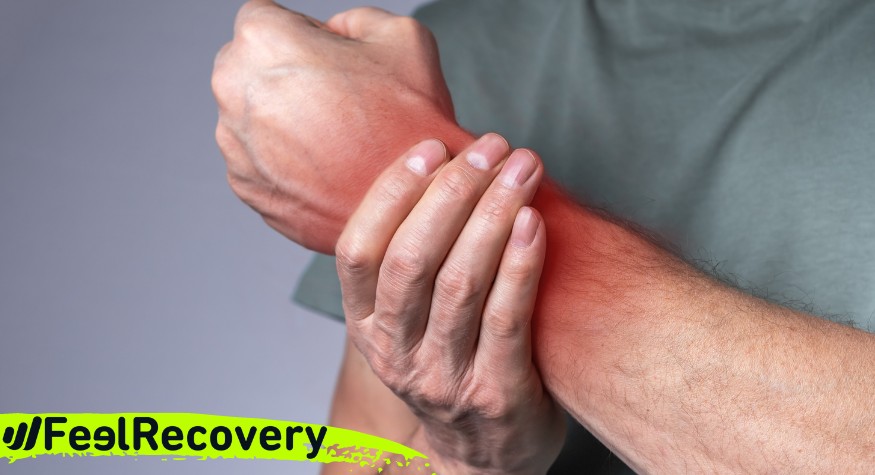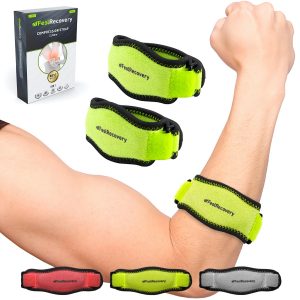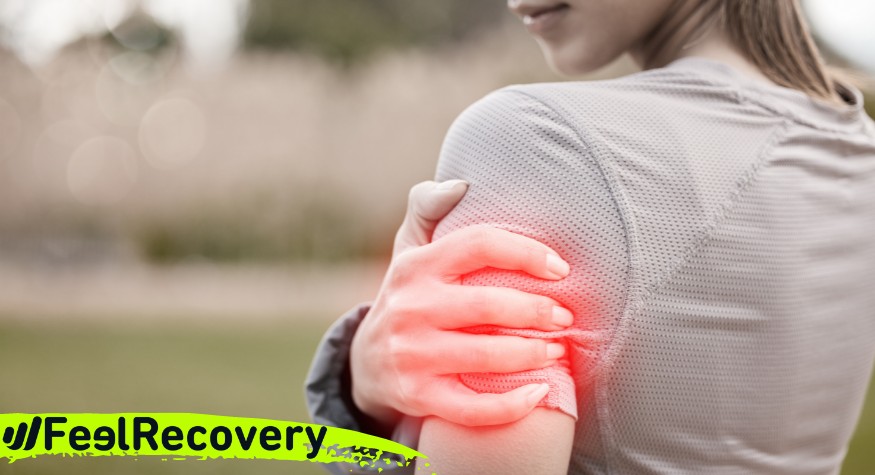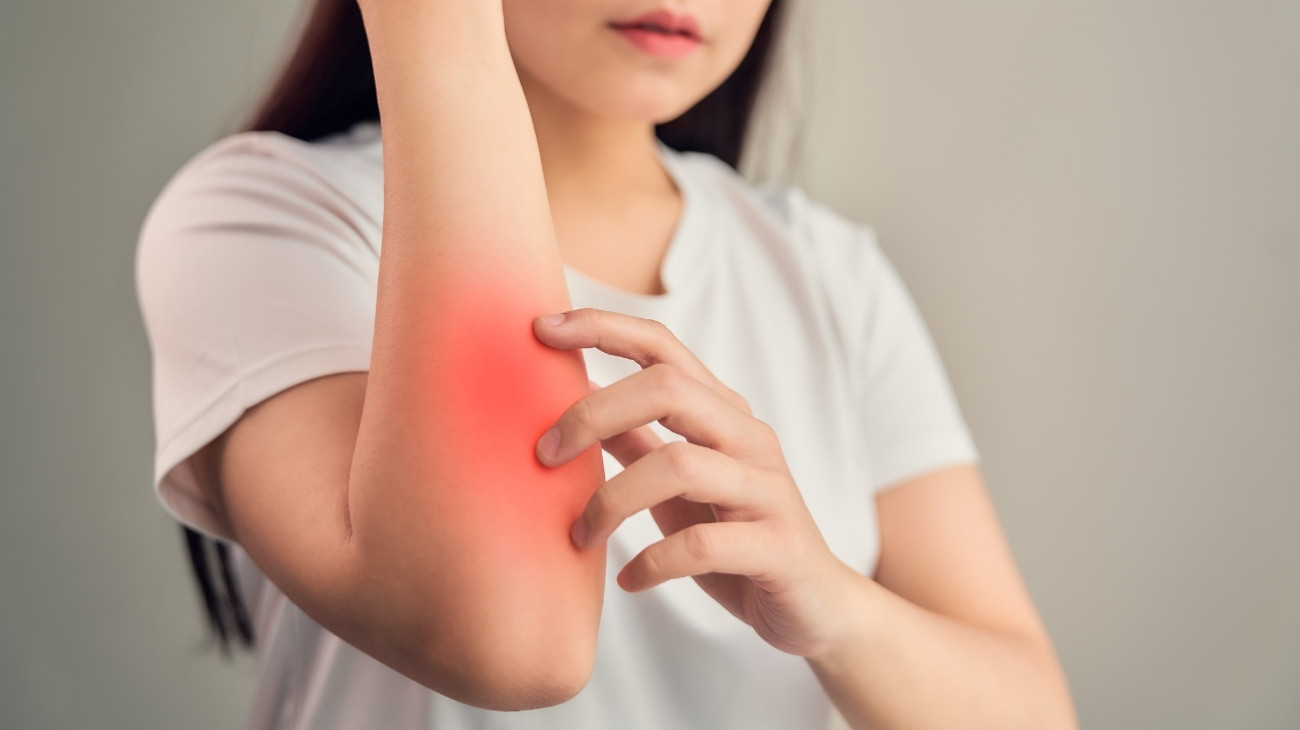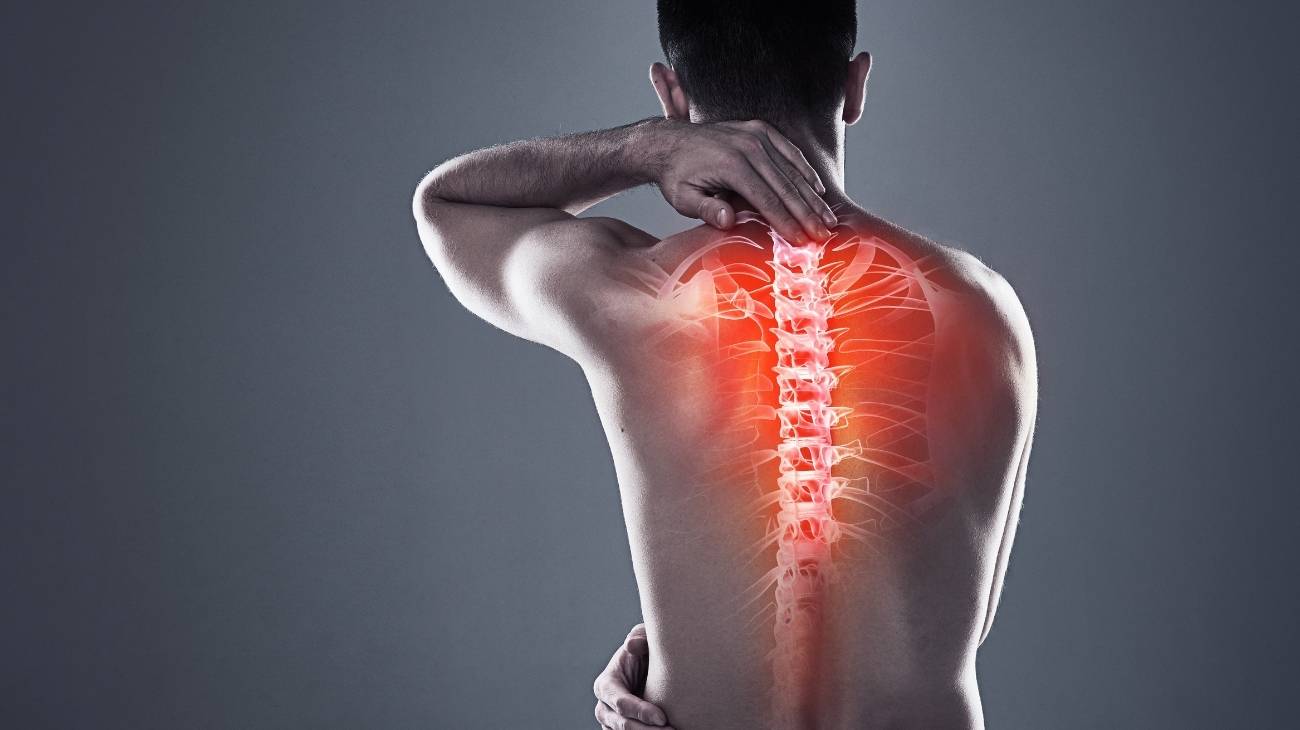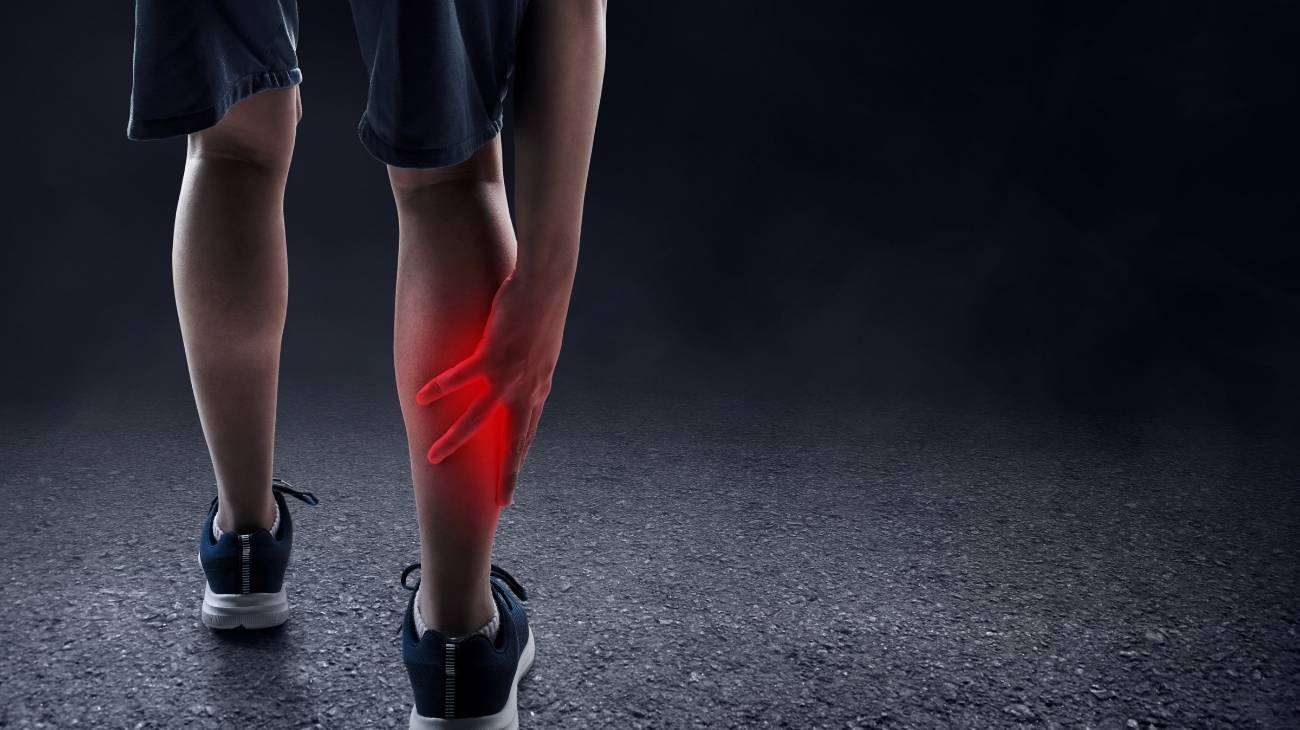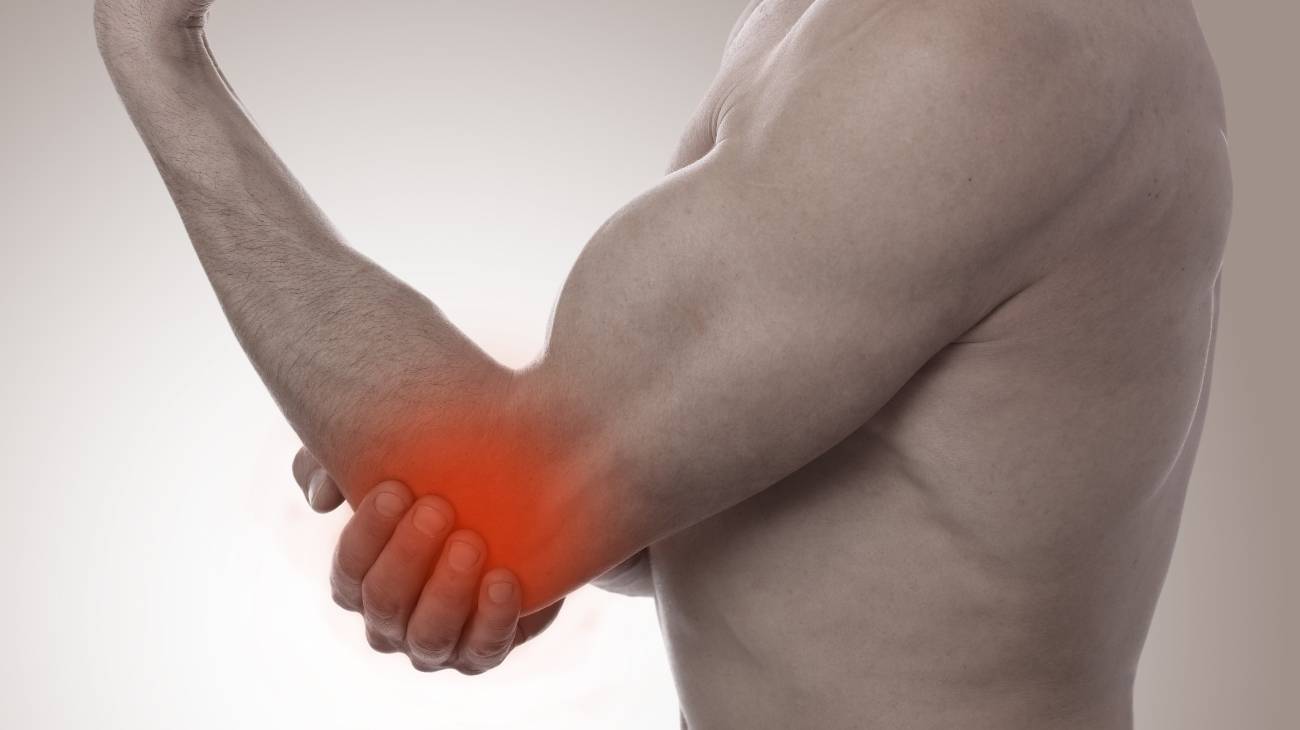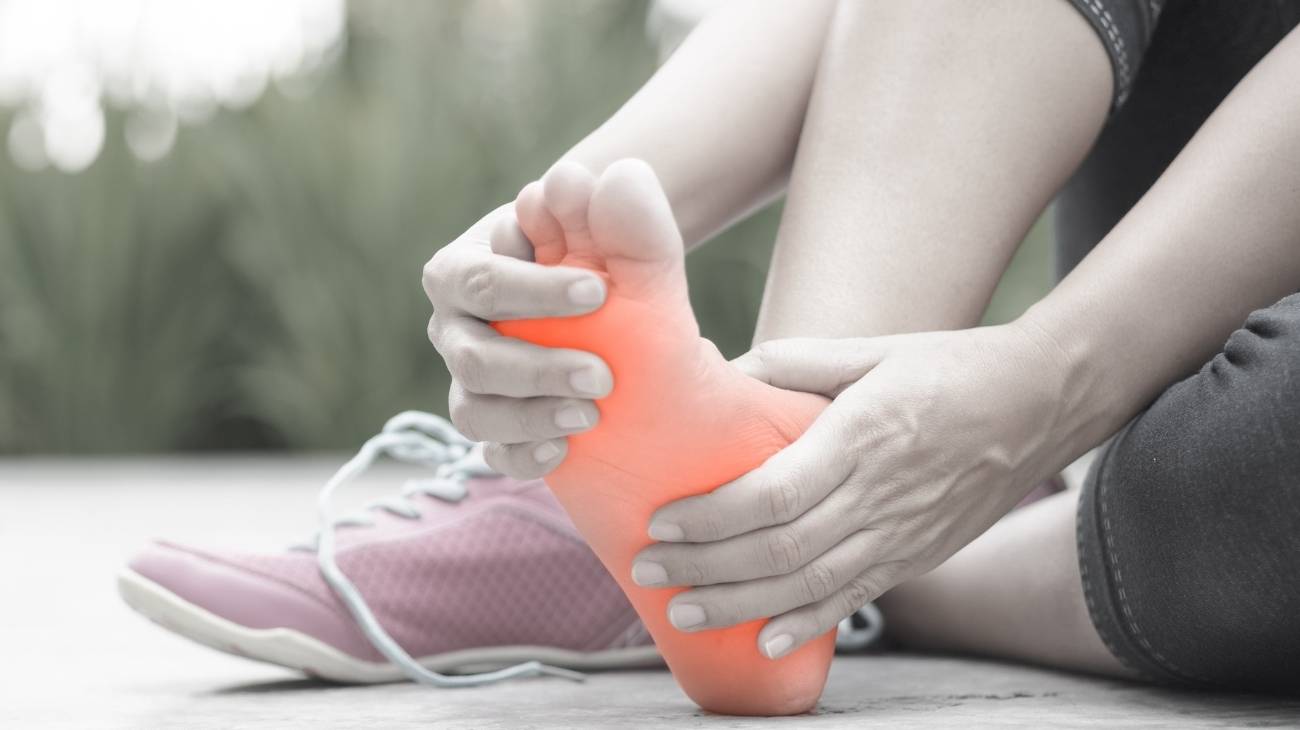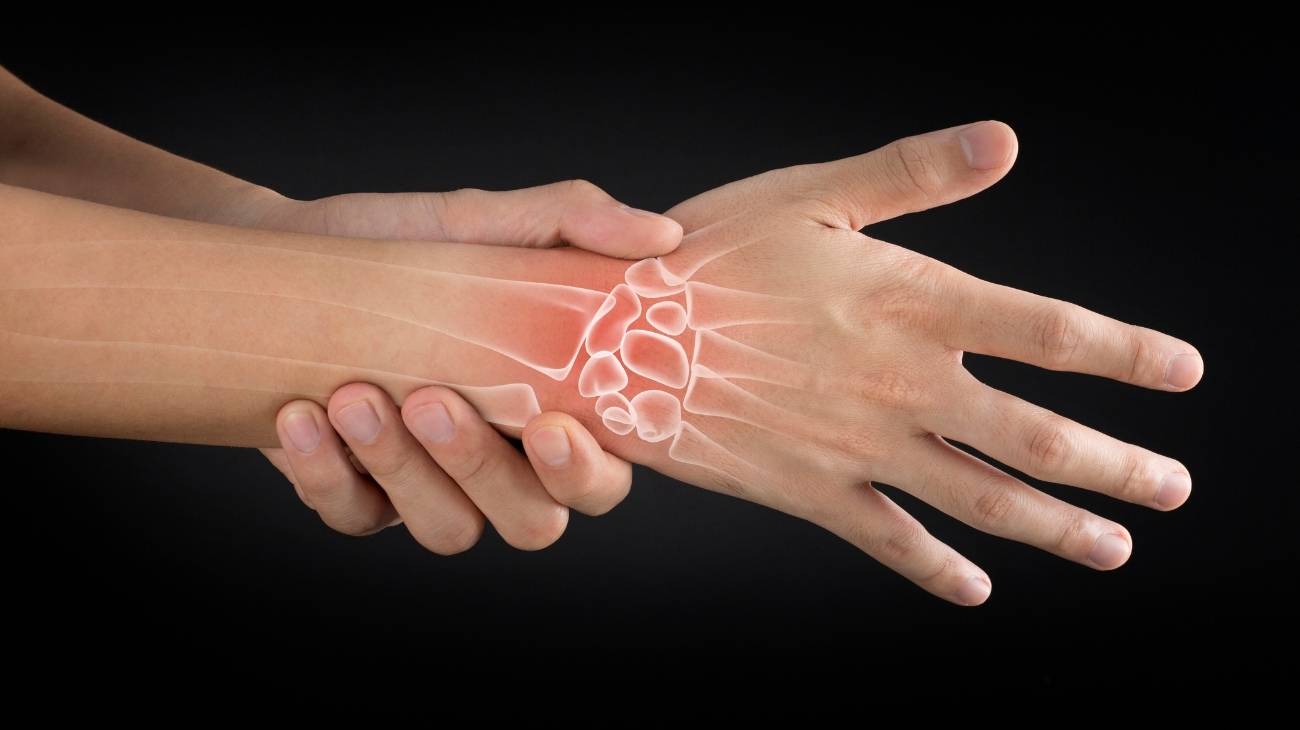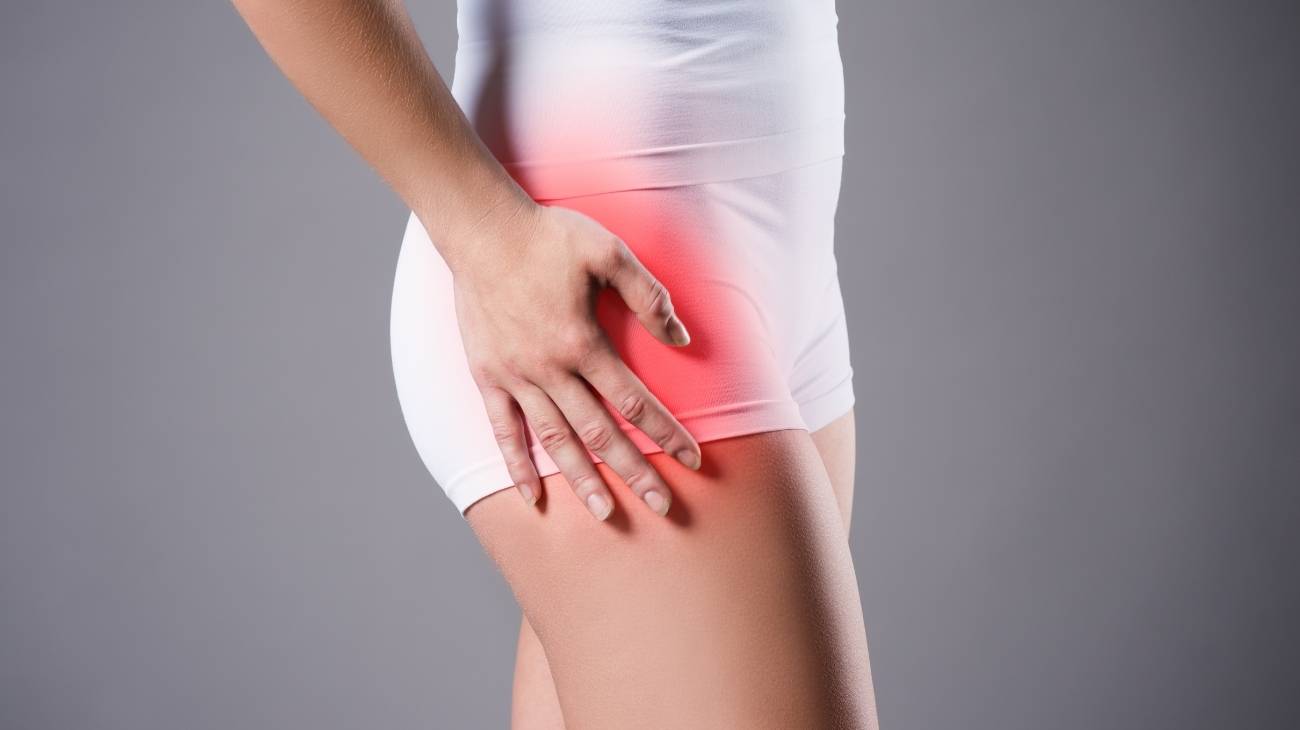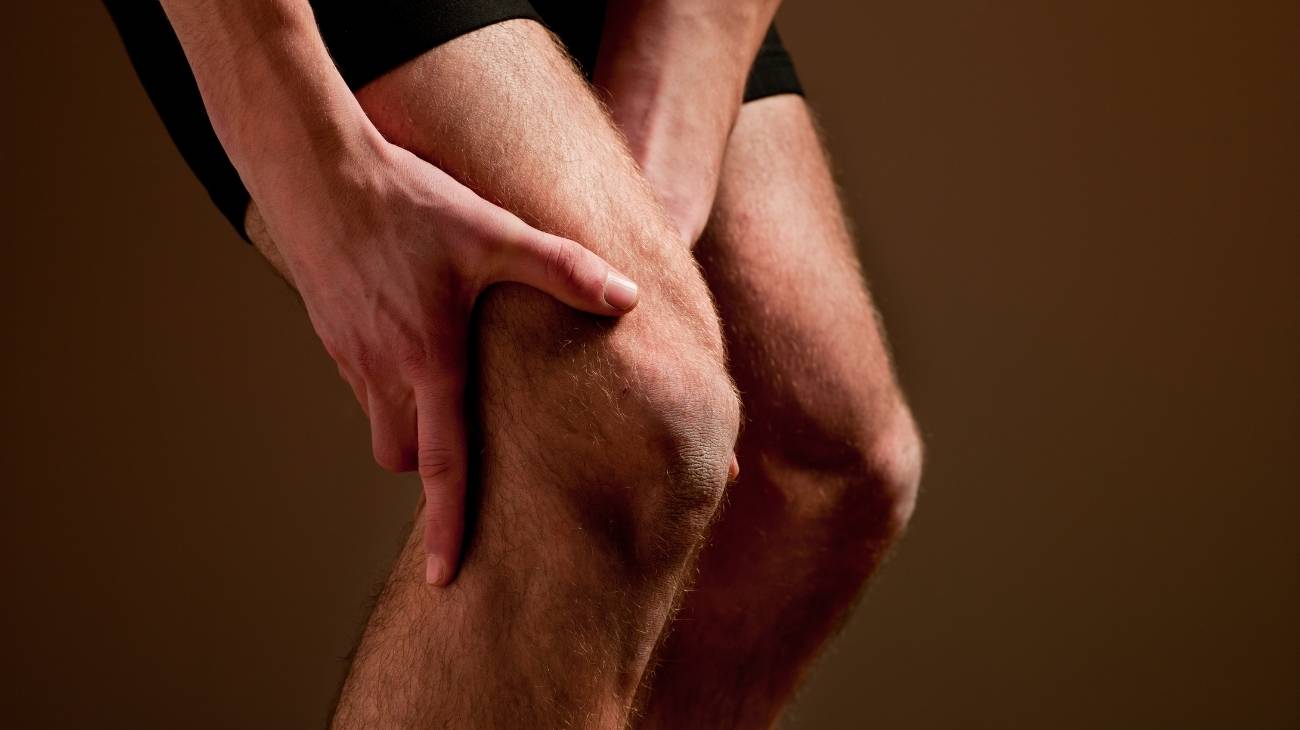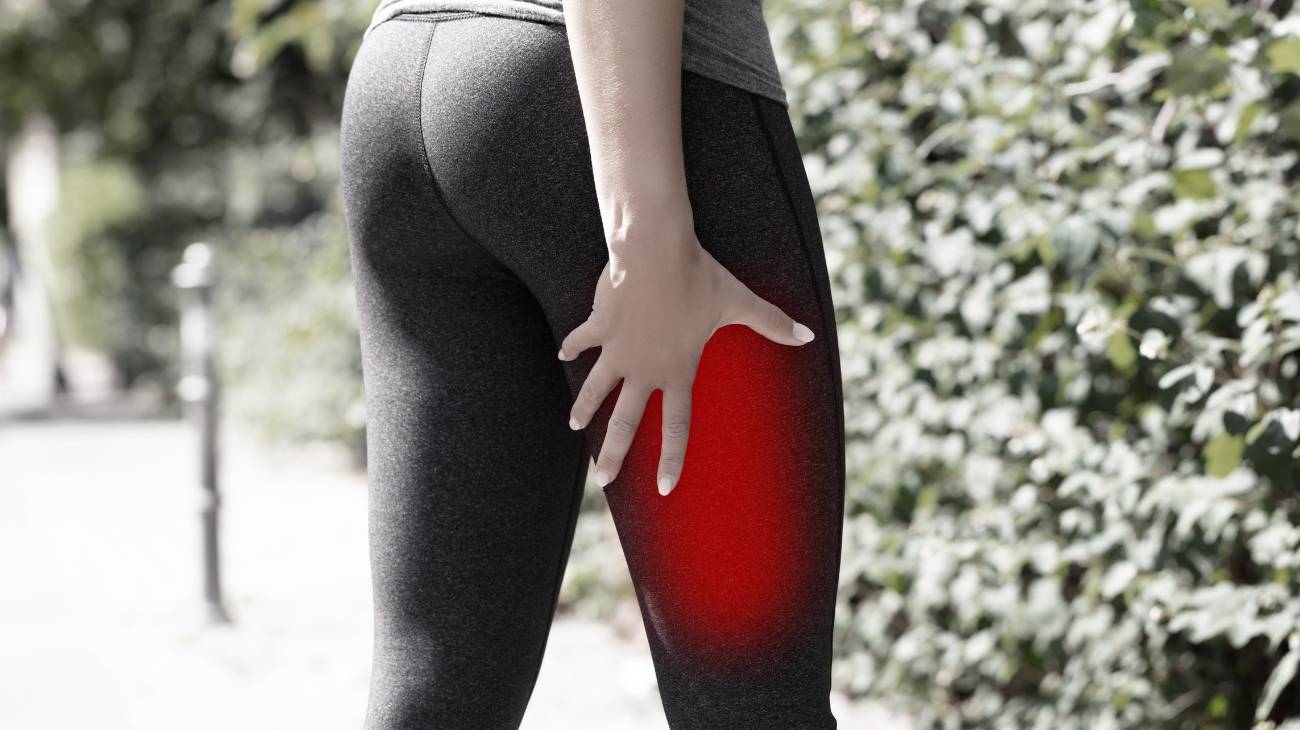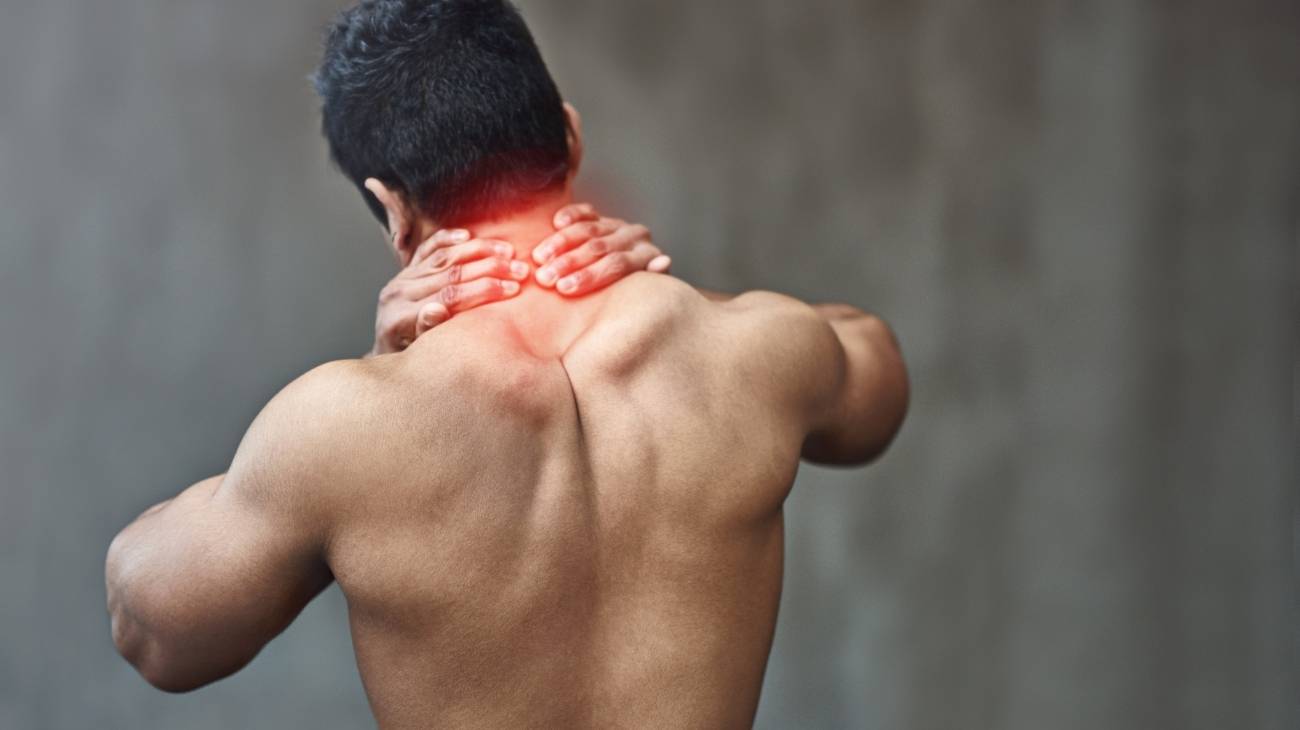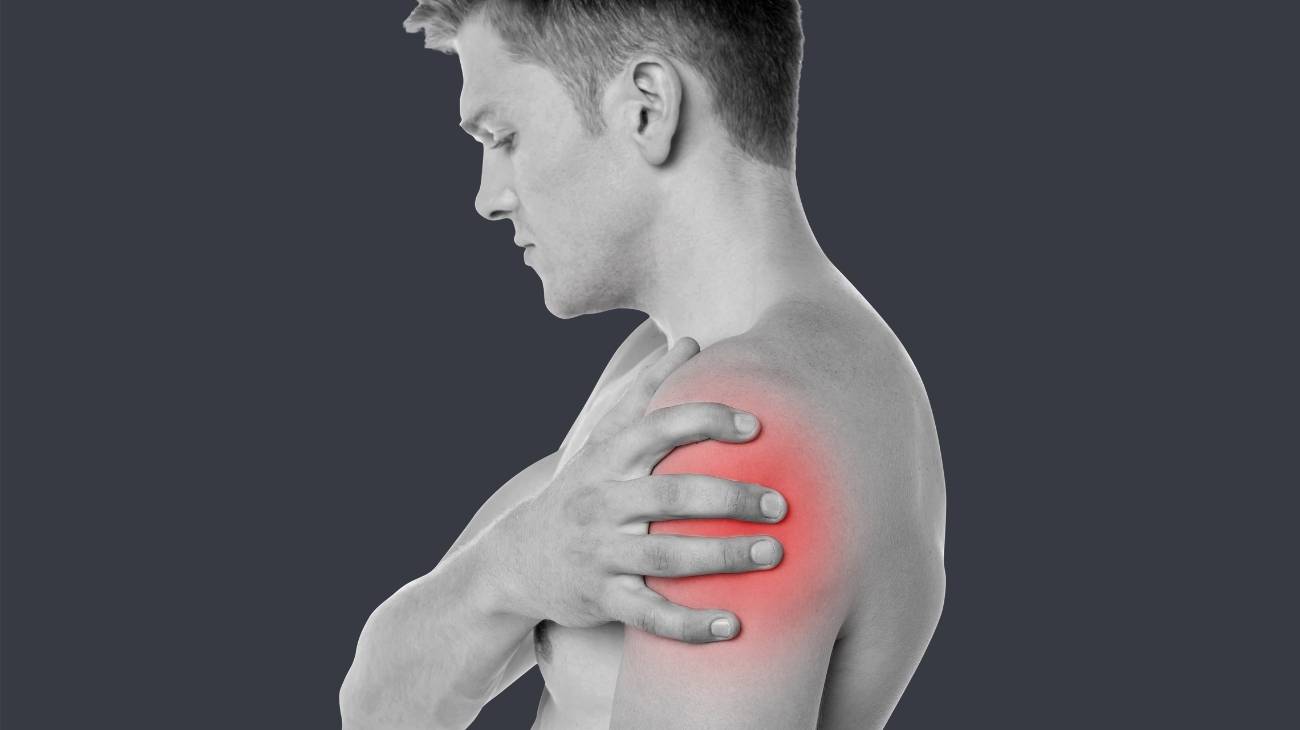- What types of arm and forearm injuries can we suffer?
- Best products for the recovery of forearm injuries
- What are the causes of forearm pain?
- What are the symptoms of forearm and arm pain?
- How to apply the RICE therapy to treat arm injuries?
- Common sports elbow & forearm injuries
- Most common forearm & elbow conditions
Arm and forearm injuries are crucial to address because they can significantly impact daily activities and functional abilities. These injuries can occur due to various reasons, such as sports-related trauma, repetitive strain, or overuse. Prompt and effective management is essential to prevent further complications and promote optimal recovery. Manual physical therapy plays a vital role in the rehabilitation process, as it helps alleviate pain, restore range of motion, and improve strength and function.
A skilled physical therapist with expertise in arm and forearm injuries can provide targeted interventions, including manual techniques, therapeutic exercises, and appropriate modalities, to address specific impairments. By addressing these injuries comprehensively, individuals can regain their independence, return to work or sports, and improve their overall quality of life.
What types of arm and forearm injuries can we suffer?
Fractures
Fractures in the forearm can range from small cracks to complete breaks in the bones. They commonly occur due to falls, direct impact, or excessive force. Fractures may require immobilization with casts, splints, or in some cases, surgical intervention with the placement of plates, screws, or rods to stabilize the bone during the healing process.
Tennis Elbow (Lateral Epicondylitis)
Tennis elbow is an overuse injury characterized by inflammation and microtears in the tendons that attach to the bony prominence on the outer side of the elbow. It is often caused by repetitive gripping, wrist extension, or forearm rotation. Treatment typically involves rest, physical therapy, pain management, and modifying activities to reduce strain on the affected tendons.
Golfer's Elbow (Medial Epicondylitis)
Golfer's elbow is similar to tennis elbow but affects the tendons on the inner side of the elbow. It is caused by repetitive gripping, wrist flexion, or forearm rotation. Treatment options include rest, physical therapy, pain-relieving modalities, and activity modification.
Carpal Tunnel Syndrome
Carpal tunnel syndrome occurs when the median nerve, which runs through a narrow passage in the wrist called the carpal tunnel, becomes compressed. This can lead to pain, numbness, tingling, and weakness in the hand and fingers. Treatment may involve splinting, activity modification, ergonomic interventions, physical therapy, and in severe cases, surgery to relieve pressure on the nerve.
Dislocations
Dislocations involve the displacement of bones from their normal positions at a joint. In the arm and forearm, dislocations can occur at the elbow, wrist, or shoulder joints. These injuries often result from traumatic events or sports-related accidents. Treatment usually involves immediate medical attention to manually relocate the joint, followed by immobilization, pain management, and physical therapy to restore joint stability and function.
Strains and Sprains
Strains refer to stretched or torn muscles, while sprains involve damage to ligaments that connect bones together. These injuries commonly occur due to overuse, sudden movements, or excessive force. Treatment typically includes rest, ice, compression, elevation (RICE), pain management, and a gradual return to activity through physical therapy.
Bicep Tendonitis
Bicep tendonitis is an inflammatory condition affecting the tendon that connects the bicep muscle to the shoulder or elbow. It is often caused by repetitive overhead activities, heavy lifting, or age-related degeneration. Treatment may involve rest, ice, anti-inflammatory medications, physical therapy, and in some cases, corticosteroid injections or surgery.
Forearm muscle strains
Strains in the forearm muscles can occur due to repetitive motions or sudden excessive force. These strains commonly affect the flexor or extensor muscles of the forearm. Treatment involves rest, ice, compression, elevation (RICE), physical therapy, and gradually returning to activities with proper form and technique.
Best products for the recovery of forearm injuries
Bestseller
What are the causes of forearm pain?
Overuse or Repetitive Strain
Overuse or repetitive strain injuries occur when the arm and forearm muscles, tendons, or ligaments are subjected to repetitive movements or excessive stress over a prolonged period. Activities such as typing, painting, or playing sports that involve repetitive motions can lead to muscle fatigue, microtrauma, and inflammation, resulting in pain.
Tendonitis
Tendonitis is inflammation of a tendon, which connects muscles to bones. In the arm and forearm, tendons can become inflamed due to repetitive motions, overuse, or direct trauma. Tennis elbow (lateral epicondylitis) and golfer's elbow (medial epicondylitis) are examples of tendonitis that commonly affect the forearm tendons. These conditions result from repetitive gripping, wrist movements, or forearm rotations, causing pain, tenderness, and difficulty with gripping or lifting.
Nerve Compression
Compression or irritation of nerves in the arm and forearm can cause pain, tingling, numbness, or weakness. Carpal tunnel syndrome occurs when the median nerve in the wrist becomes compressed, leading to symptoms in the hand and forearm. Cervical radiculopathy occurs when nerves in the neck are compressed or irritated, causing pain that radiates down the arm and into the forearm.
Fractures and Dislocations
Fractures and dislocations occur when the bones in the arm are broken or displaced from their normal positions. These injuries often result from traumatic events, falls, or direct impacts. Fractures can cause immediate and severe pain, swelling, deformity, and difficulty with movement. Dislocations typically involve the shoulder, elbow, or wrist joints, resulting in intense pain, limited range of motion, and joint instability.
Muscle Strains
Straining or tearing of the muscles in the arm or forearm can occur due to sudden movements, overexertion, or direct trauma. Commonly affected muscles include the biceps, triceps, or forearm flexor and extensor muscles. Muscle strains cause localized pain, tenderness, swelling, and limited strength or range of motion.
Arthritis
Arthritis is a condition characterized by inflammation of the joints. Osteoarthritis, the most common form, occurs due to wear and tear of the joint cartilage, while rheumatoid arthritis is an autoimmune disease. Arthritis in the arm joints, such as the elbow or wrist, can cause pain, stiffness, swelling, and limited mobility.
Nerve Entrapment
Nerve entrapment occurs when a nerve becomes compressed or trapped, leading to pain, numbness, tingling, or weakness. In the arm and forearm, the ulnar nerve and radial nerve are commonly affected. Ulnar nerve entrapment can cause symptoms in the forearm, hand, and fingers, while radial nerve entrapment can lead to forearm pain and weakness.
Bursitis
Bursitis is inflammation of the bursae, which are small fluid-filled sacs that provide cushioning and reduce friction between tendons, muscles, and bones. In the arm, bursitis can occur in the shoulder, elbow, or wrist. It can be caused by repetitive motions, trauma, or prolonged pressure on the bursae, resulting in localized pain, swelling, and limited joint mobility.
Vascular Issues
Certain vascular conditions can cause forearm and arm pain. Blood clots, deep vein thrombosis (DVT), or peripheral artery disease (PAD) can restrict blood flow to the forearm, leading to pain, swelling, discoloration, and decreased sensation.
What are the symptoms of forearm and arm pain?
Forearm and arm pain can manifest with various symptoms. Here is a detailed list of common symptoms associated:
- Pain: Persistent or intermittent pain in the forearm, upper arm, or specific areas of the arm.
- Tenderness: Sensitivity or discomfort when applying pressure to the affected area.
- Swelling: Visible or palpable swelling or inflammation.
- Stiffness: Reduced range of motion or difficulty moving.
- Weakness: Decreased strength or difficulty gripping, lifting, or performing daily activities involving the forearm or arm.
- Numbness or Tingling: Sensations of numbness, tingling, or pins-and-needles in the forearm, hand, or fingers.
- Radiating Pain: Pain that travels from the forearm into the hand, fingers, shoulder, or neck.
- Loss of Sensation: Reduced or altered sensation, such as decreased ability to feel touch, temperature, or vibration.
- Muscle Spasms: Involuntary muscle contractions or twitching.
- Limited Range of Motion: Difficulty fully extending or flexing the forearm, elbow, or wrist joint.
- Warmth: Increased warmth or heat in the arm, often accompanied by redness or inflammation.
- Muscle Atrophy: Noticeable wasting or loss of muscle mass in the forearm or upper arm due to disuse or nerve involvement.
- Joint Instability: Feeling of joint looseness or instability in the elbow, wrist, or shoulder joint.
- Difficulty with Daily Activities: Challenges in performing everyday tasks that involve the use of the forearm or arm, such as grasping objects, writing, or lifting.
- Altered Grip Strength: Decreased ability to grip objects firmly or maintain a strong grip.
How to apply the RICE therapy to treat arm injuries?
Here's a step-by-step guide on how to apply the RICE therapy to treat arm injuries:
- Rest: Immediately stop the activity or movement that caused or worsened the arm injury. Avoid any activities that put strain on the injured arm to allow for proper healing.
- Ice: Apply ice to the injured area as soon as possible, preferably within the first 48 to 72 hours. Wrap ice cubes or a cold pack in a thin cloth or towel to protect the skin from direct contact. Apply the ice pack to the injured arm for 15 to 20 minutes at a time, several times a day. Take breaks between icing sessions to allow the skin to recover.
- Compression: Use a compression bandage or elastic wrap to gently wrap the injured arm. Start from the area below the injury site and wrap upwards, applying firm but not excessive pressure. Make sure the compression bandage is snug but not too tight to restrict circulation. The compression helps reduce swelling and provides support to the injured arm.
- Elevation: Elevate the injured arm above the level of the heart whenever possible. Find a comfortable position where the arm is supported, such as using pillows or cushions. Keeping the arm elevated helps reduce swelling by promoting fluid drainage from the injured area.
Common sports elbow & forearm injuries
Take a look at this compilation of potential harm you may encounter during mishaps linked to athletic pursuits. Although there are certain contact sports like basketball, rugby, and boxing that carry a higher risk of injury, when it comes to the arm, we have observed that it is also susceptible to damage in sports like tennis and golf.
Why is it important to clean TENS/EMS electrode pads?How to clean the electrodes pads of TENS/EMS electrostimulator?When to replace electrostimulator padsIs it safe to use old electrode pads?Tips for maintaining...
What is vibration therapy and what types of ailments can be treated with vibration balls?What is myofascial release therapy and what kind of ailments can be treated with massage balls?What...
How can myofascial release therapy improve my health according to science?What should I consider when choosing the best electric massage roller?How to use an electric vibrating massage roller?F.A.Q: Frequently Asked...
How does the head of my muscle massage gun influence the experience of use?What types of heads do massage guns have and what is each one used for?What are the...
What is myofascial release therapy and how does vibration influence it?What to consider before performing myofascial release massages with Foam Foller with vibration?Vibration Foam Roller Exercises for the upper bodyVibration...
What kind of pains and injuries can be treated with vibrating massage rollers?How to use vibrating massage rollers to relieve aches and pains and speed up recovery from injuries?What kind...
What is an vibrating Foam Roller and what kind of injuries can be treated with one?What are the differences between an vibrating foam roller and a normal massage roller?What are...
What kind of ailments can be treated with a vibrating massage ball?On which areas of the body can we use a vibrating massage ball?How to use the vibrating massage balls?What...
How can massage therapy help improve your health according to science?What are the main benefits of using electric vibrating massage balls?What should we consider when choosing the best vibrating massage...
How can massage therapy improve my health according to science?What are the most important benefits of using an electric neck, back and shoulder massager?What are the most important features when...
Most common forearm & elbow conditions
Take a glance at this assessment highlighting the indications and afflictions your body manifests as a cautionary signal for an imminent forearm injury. Numerous disorders and conditions are associated with the arm, encompassing degeneration of joints, ligaments, and tendons, as well as muscular impairment. Familiarizing yourself with these conditions will enable you to effectively prevent and treat them.
Why is it important to clean TENS/EMS electrode pads?How to clean the electrodes pads of TENS/EMS electrostimulator?When to replace electrostimulator padsIs it safe to use old electrode pads?Tips for maintaining...
What is vibration therapy and what types of ailments can be treated with vibration balls?What is myofascial release therapy and what kind of ailments can be treated with massage balls?What...
How can myofascial release therapy improve my health according to science?What should I consider when choosing the best electric massage roller?How to use an electric vibrating massage roller?F.A.Q: Frequently Asked...
How does the head of my muscle massage gun influence the experience of use?What types of heads do massage guns have and what is each one used for?What are the...
What is myofascial release therapy and how does vibration influence it?What to consider before performing myofascial release massages with Foam Foller with vibration?Vibration Foam Roller Exercises for the upper bodyVibration...
What kind of pains and injuries can be treated with vibrating massage rollers?How to use vibrating massage rollers to relieve aches and pains and speed up recovery from injuries?What kind...
What is an vibrating Foam Roller and what kind of injuries can be treated with one?What are the differences between an vibrating foam roller and a normal massage roller?What are...
What kind of ailments can be treated with a vibrating massage ball?On which areas of the body can we use a vibrating massage ball?How to use the vibrating massage balls?What...
How can massage therapy help improve your health according to science?What are the main benefits of using electric vibrating massage balls?What should we consider when choosing the best vibrating massage...
How can massage therapy improve my health according to science?What are the most important benefits of using an electric neck, back and shoulder massager?What are the most important features when...
References
- Evans, E. M. (1949). Pronation injuries of the forearm. The Journal of Bone and Joint Surgery. British volume, 31(4), 578-588. https://boneandjoint.org.uk/Article/10.1302/0301-620X.31B4.578
- Villarin, L. A., Belk, K. E., & Freid, R. (1999). Emergency department evaluation and treatment of elbow and forearm injuries. Emergency Medicine Clinics, 17(4), 843-858. https://www.emed.theclinics.com/article/S0733-8627(05)70100-0/fulltext
- Hymovich, L., & Lindholm, M. (1966). Hand, wrist, and forearm injuries: the result of repetitive motions. Journal of occupational medicine, 8(11), 573-577. https://www.jstor.org/stable/45001795
- Soutar, D. S., & Tanner, N. S. B. (1984). The radial forearm flap in the management of soft tissue injuries of the hand. British journal of plastic surgery, 37(1), 18-26. https://www.sciencedirect.com/science/article/abs/pii/0007122684900353
- Gelberman, R. H., Blasingame, J. P., Fronek, A., & Dimick, M. P. (1979). Forearm arterial injuries. The Journal of Hand Surgery, 4(5), 401-408. https://www.sciencedirect.com/science/article/abs/pii/S0363502379800313
- GELBERMAN, R. H., GARFIN, S. R., HERGENROEDER, P. T., MUBARAK, S. J., & MENON, J. (1981). Compartment syndromes of the forearm: diagnosis and treatment. Clinical Orthopaedics and Related Research (1976-2007), 161, 252-261. https://journals.lww.com/corr/citation/1981/11000/compartment_syndromes_of_the_forearm__diagnosis.32.aspx
- Grace, T. G., & Eversmann Jr, W. W. (1980). Forearm fractures: treatment by rigid fixation with early motion. JBJS, 62(3), 433-438. https://journals.lww.com/jbjsjournal/Abstract/1980/62030/Forearm_fracturestreatment_by_rigid_fixation.13.aspx
- De Krom, M. C. T. F. M., Kester, A. D. M., Knipschild, P. G., & Spaans, F. (1990). Risk factors for carpal tunnel syndrome. American journal of epidemiology, 132(6), 1102-1110. https://academic.oup.com/aje/article-abstract/132/6/1102/81519
- Cyriax, J. H. (1936). The pathology and treatment of tennis elbow. JBJS, 18(4), 921-940. https://journals.lww.com/jbjsjournal/abstract/1936/18040/the_pathology_and_treatment_of_tennis_elbow.11.aspx
- Amin, N. H., Kumar, N. S., & Schickendantz, M. S. (2015). Medial epicondylitis: evaluation and management. JAAOS-Journal of the American Academy of Orthopaedic Surgeons, 23(6), 348-355. https://journals.lww.com/jaaos/Fulltext/2015/06000/Medial_Epicondylitis__Evaluation_and_Management.4.aspx

